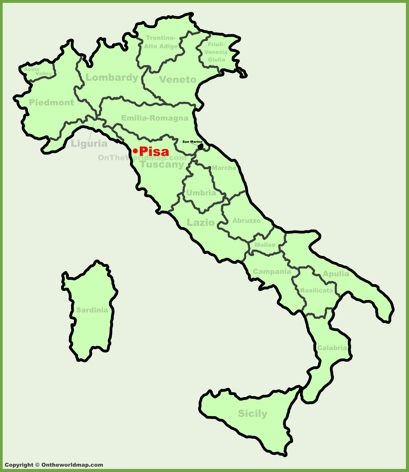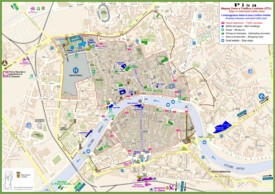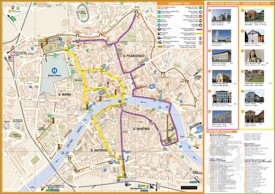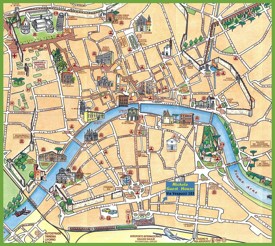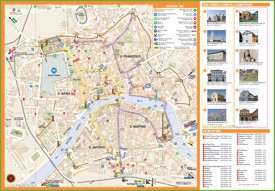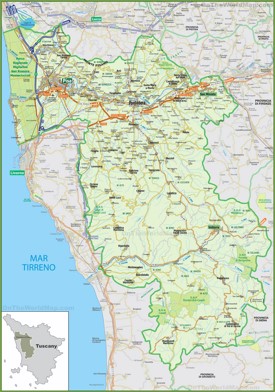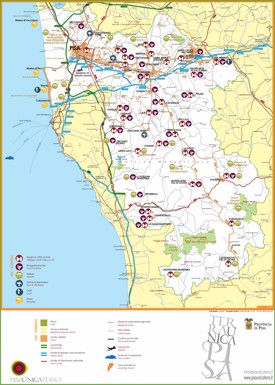Pisa Maps
Online Map of Pisa
About Pisa
Pisa is a historic city located in the Tuscany region of central Italy. It is the capital of the province of Pisa and is renowned worldwide for its architectural and cultural heritage. The city is situated on the right bank of the Arno River, just a few kilometers away from the Ligurian Sea.
Pisa's history dates back to ancient times, with its origins as an Etruscan settlement. It rose to prominence during the Middle Ages as a powerful maritime republic, competing with other Italian city-states like Genoa and Venice. Today, Pisa is a vibrant university city with a population of approximately 90,000 residents (as of 2021).
The city is best known for its iconic Leaning Tower, but it offers a wealth of other historical and cultural attractions:
Leaning Tower of Pisa (Torre Pendente di Pisa): This freestanding bell tower is part of the cathedral complex and is famous for its unintended tilt. Construction began in 1173, and the tilt became apparent during the building process due to unstable foundation soil. The tower stands at approximately 56 meters tall and is one of the most recognizable structures in the world.

Piazza dei Miracoli (Square of Miracles): This UNESCO World Heritage site is home to several key landmarks, including the Leaning Tower. The square is a masterpiece of medieval architecture and is considered one of the finest architectural complexes in the world.

Pisa Cathedral (Duomo di Pisa): Constructed between the 11th and 12th centuries, the cathedral is a stunning example of Romanesque architecture. It features a beautiful facade adorned with marble and intricate sculptures. The interior houses significant artworks, including a pulpit by Giovanni Pisano.


Baptistery of St. John (Battistero di San Giovanni): Located in the Piazza dei Miracoli, the baptistery is the largest of its kind in Italy. It was built between 1152 and 1363 and is known for its remarkable acoustics and the intricately carved pulpit by Nicola Pisano.

Camposanto Monumentale (Monumental Cemetery): This historical cemetery is situated on the Piazza dei Miracoli and is known for its impressive frescoes and sacred relics. It was established in the 13th century and features a cloistered quadrangle.
Museo dell'Opera del Duomo: This museum houses a collection of artworks and artifacts from the cathedral complex, including sculptures, paintings, and religious relics.
Palazzo della Carovana: Located in the Piazza dei Cavalieri, this palace was designed by the renowned architect Giorgio Vasari. It serves as the main building of the Scuola Normale Superiore di Pisa, a prestigious university.
Church of Santa Maria della Spina: A small Gothic church situated along the Arno River, known for its ornate exterior and exquisite sculptures.
Pisa's economy is supported by tourism, education, and light industries. The presence of the University of Pisa, one of Italy's oldest and most respected universities, contributes to the city's vibrant cultural and intellectual life. Additionally, Pisa is well-connected by road, rail, and air, with the Galileo Galilei International Airport serving as a major gateway to the region.



The Facts:
Region: Tuscany.
Province: Pisa.
Area: 71 sq mi (185 sq km).
Population: ~ 90,000.
Maps of Italy
Cities of Italy
Cities of Italy
Regions of Italy

